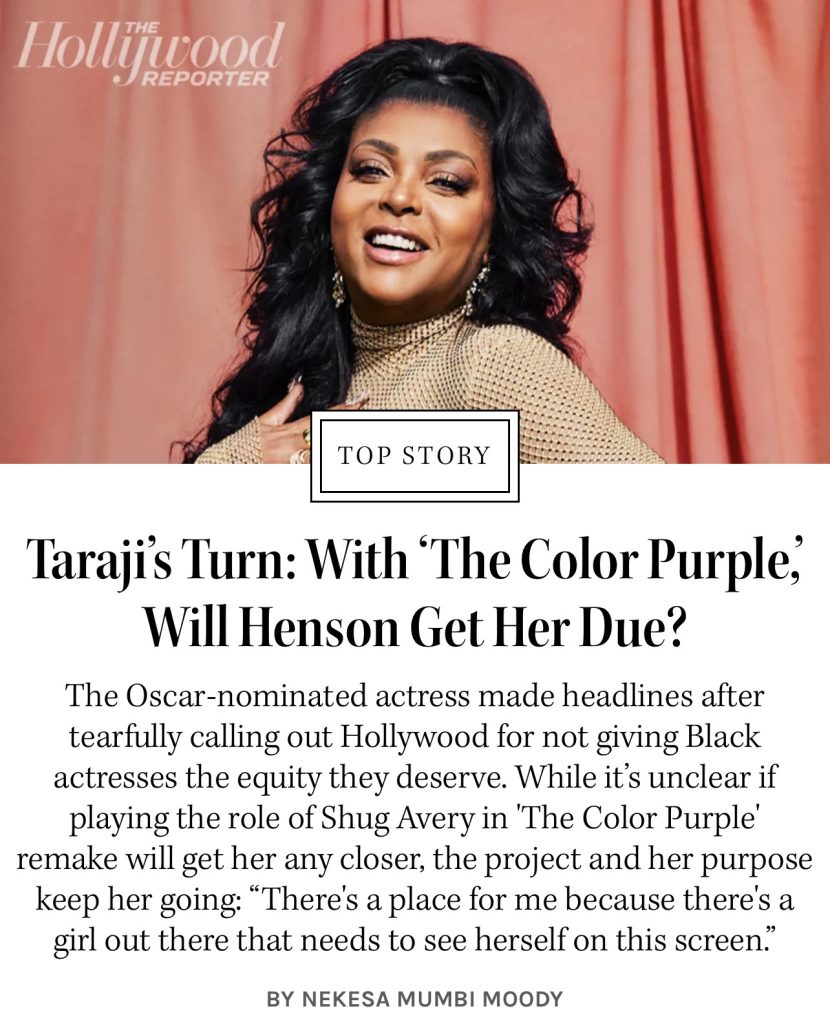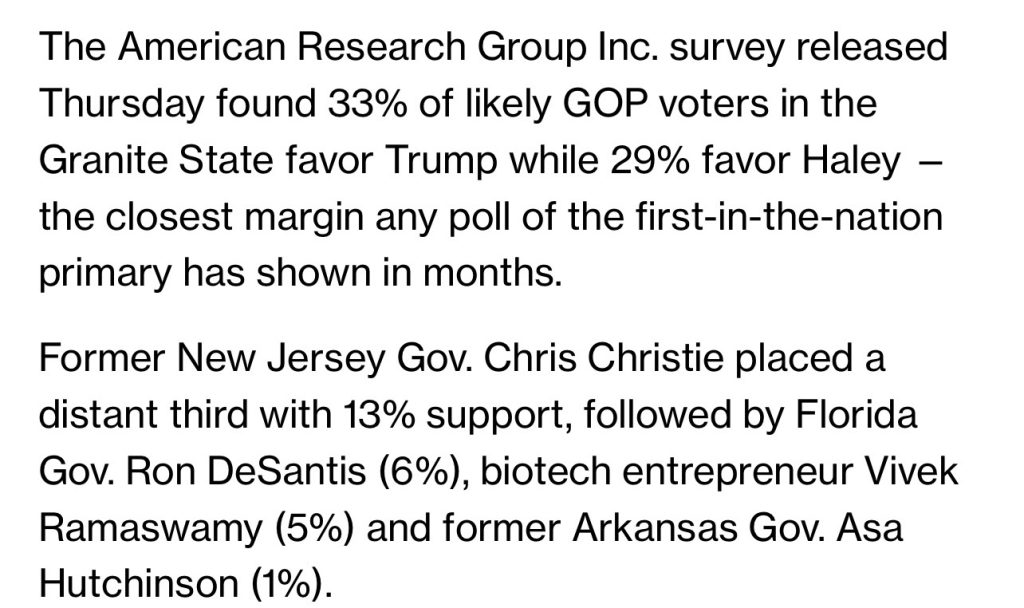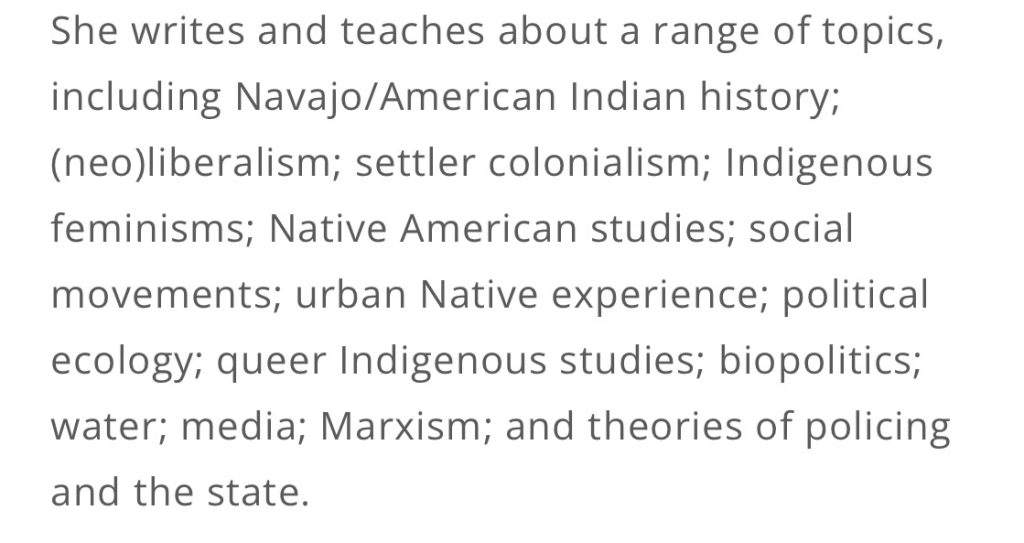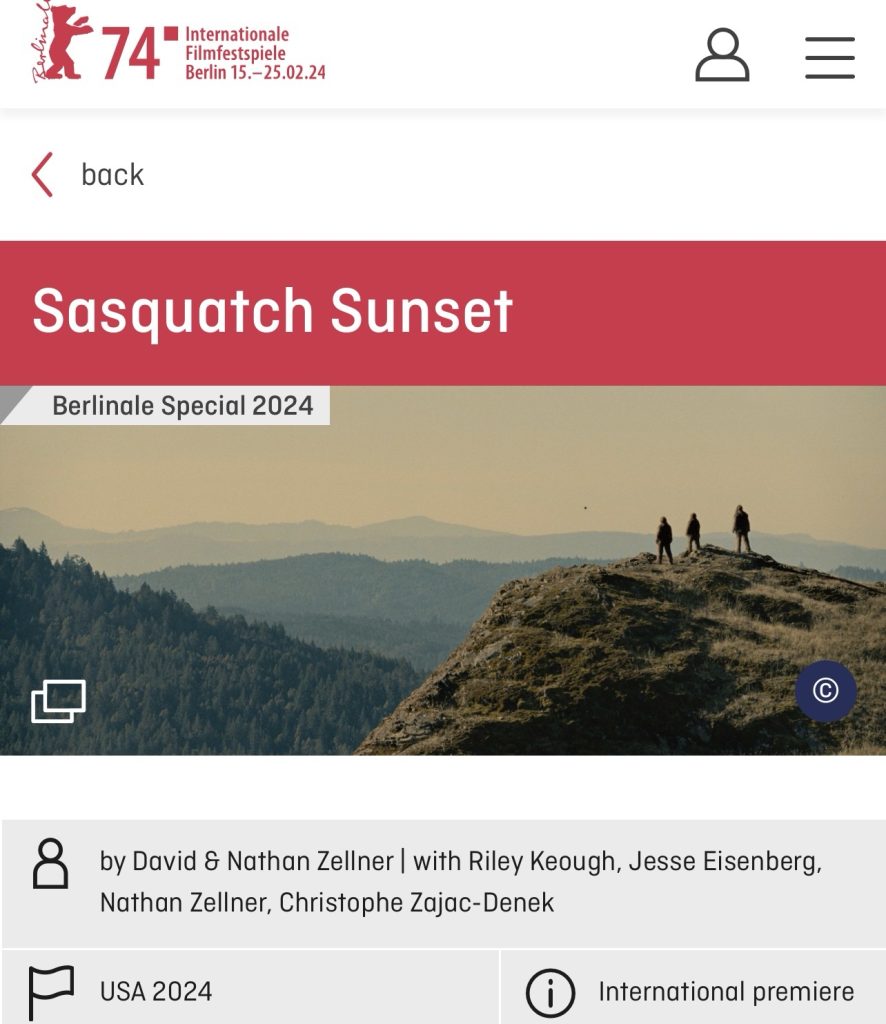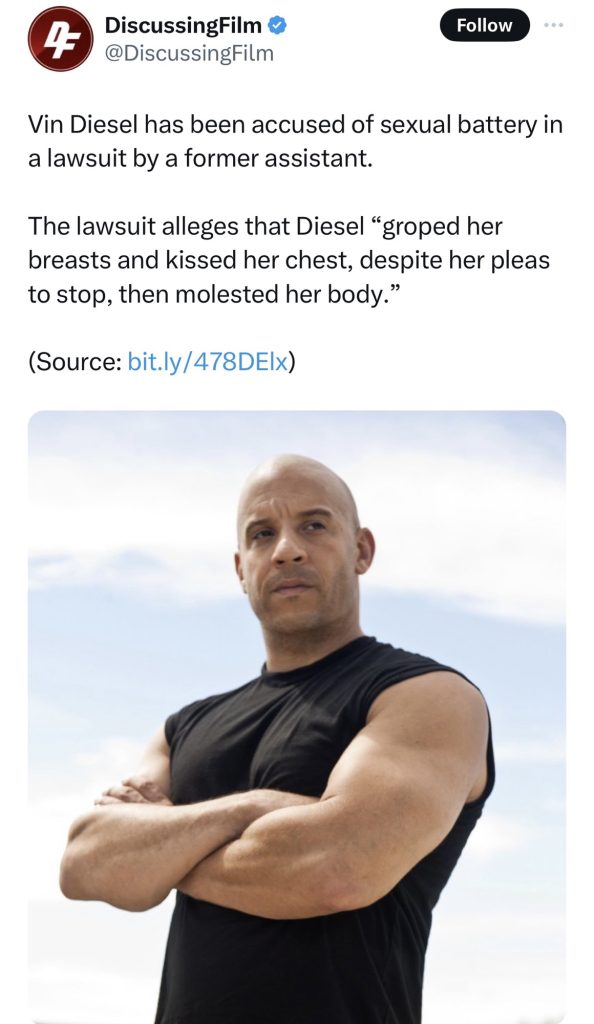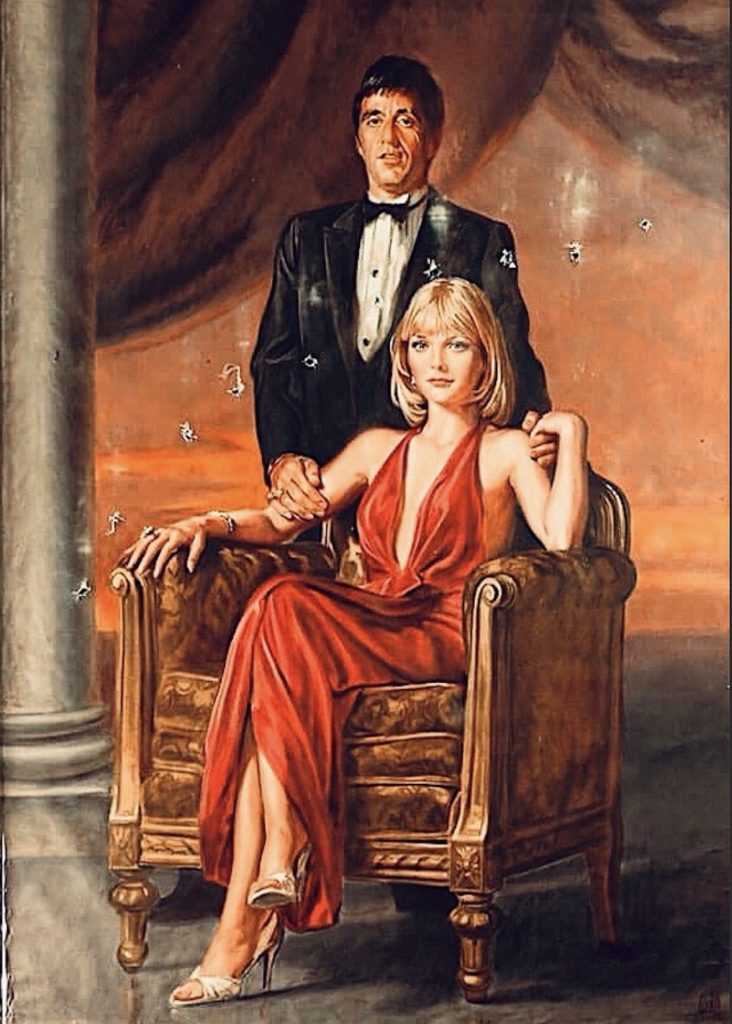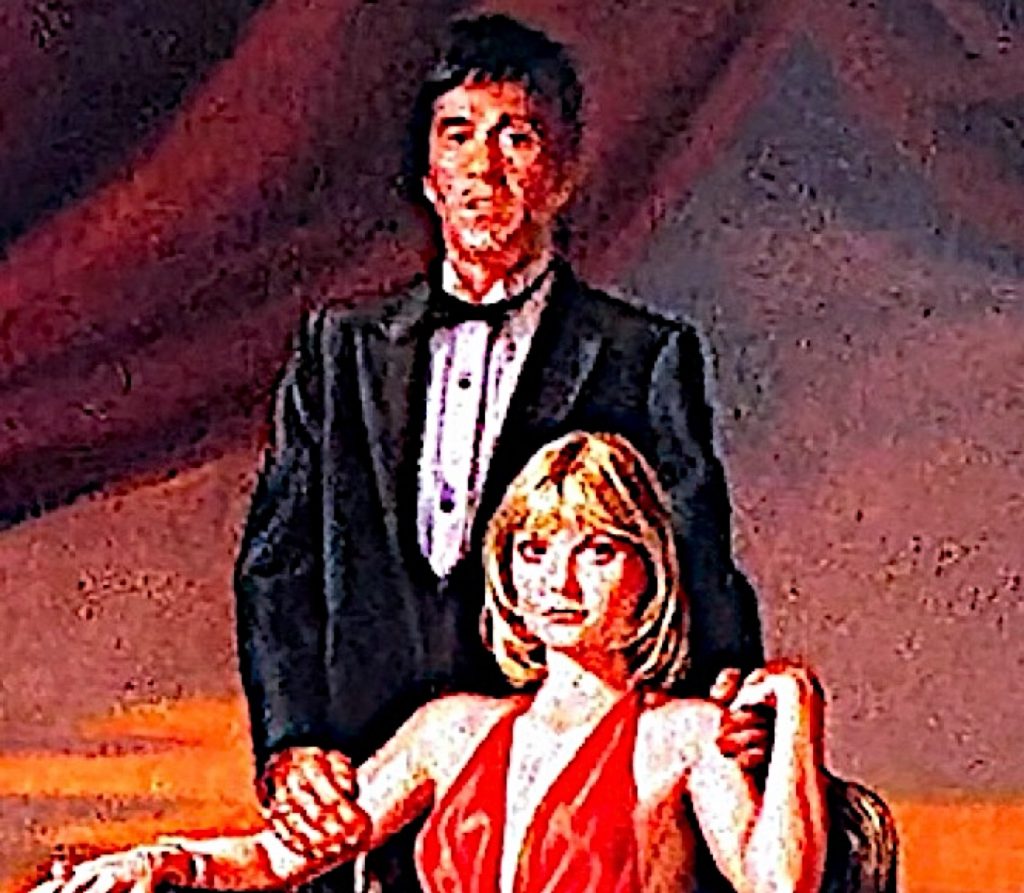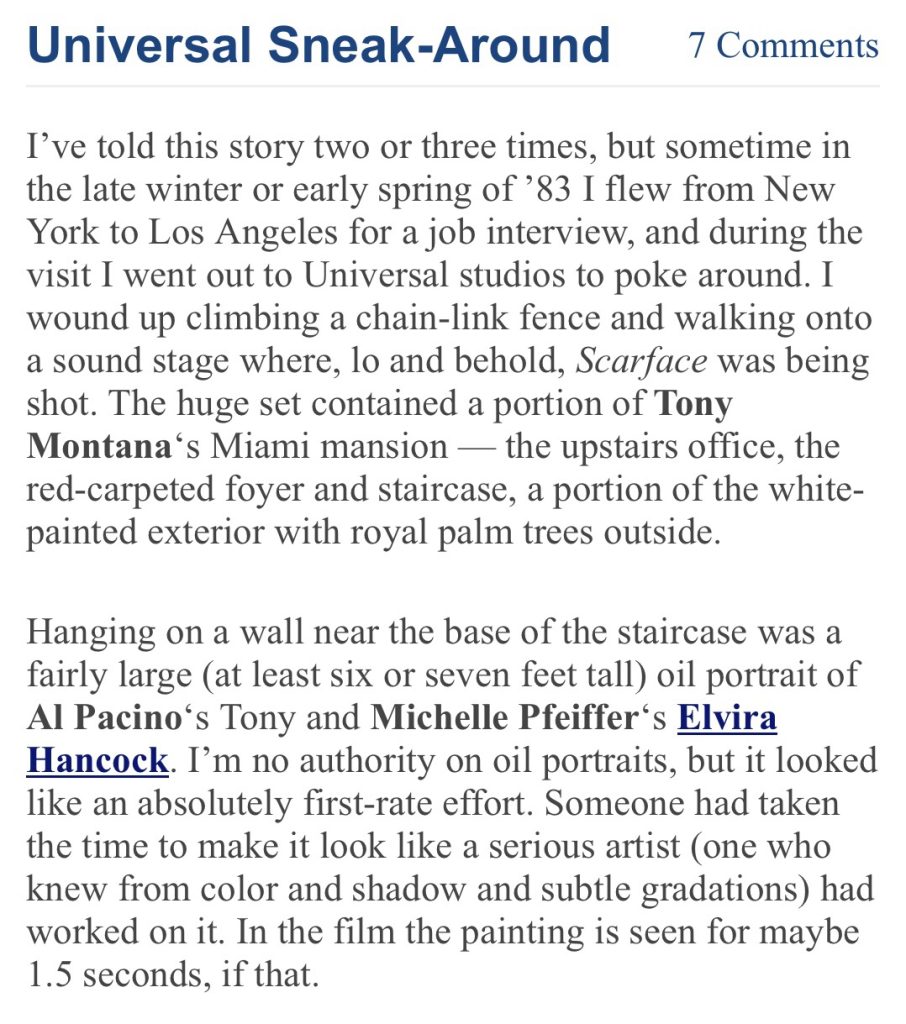“The Zone of Interest is a highly respectable arthouse horror film with an obvious minimalist strategy, but it’s been boosted in a macabre sense by the genocidal stain of October 7th. Don’t tell me this isn’t a major factor in the minds of critics and industry folk alike — it obviously is. A vote for The Zone of Interest is a vote against that ghastly slaughter at the hands of Hamas. The fact that IDF shellings have also brought about many thousands of non-combatant Gaza deaths since Israel’s completely justified invasion…well, that’s another wrinkle. But don’t tell me that Glazer’s film and the Gaza conflict are unrelated.”
— HE response to “bentrane”’s comment that the current award-season heat behind Jonathan Glazer’s Holocaust film “has nothing to do with Zionism.”



